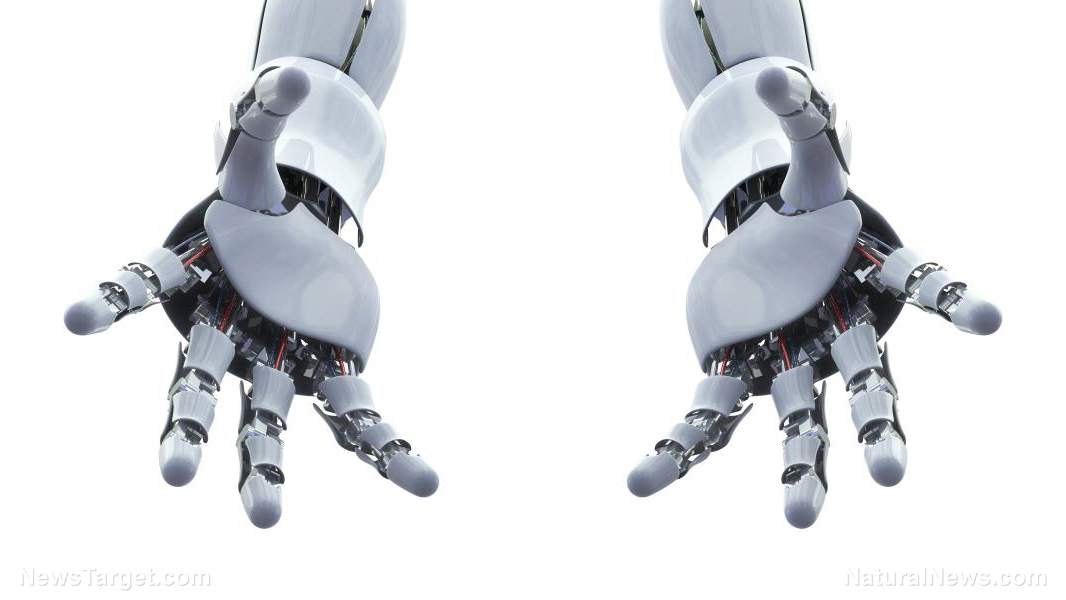
Competition drives innovation, but monopolies manifest the need for robotic automation, leaving people and their jobs behind. Taking advantage of the eCommerce boom, Amazon.com has become a monopolistic force, exerting the greatest leverage over the shipping sector of the U.S. economy. Now shipping 48 percent of its own packages in 2019, Amazon is saving billions of dollars annually, while starving the United States Postal Service and other shipping companies of crucial revenue. Because Amazon has so much leverage, the USPS, FedEx, and the United Parcel Service (UPS) must seek out automation in order to keep up.
As Amazon continues to automate its processes and cut shipping costs, the other shipping companies have no choice but to automate their processes, or perish. Two new automated unloaders that can work “as fast as people” are now being unveiled for the first time. These heavy-duty machines can unload a truck in one sixth the time it takes a human worker, without all the back-bending labor. These machines will forever change the shipping industry.
Robots make life easier for some, but drive away opportunities for others
Two new automated unloaders, manufactured by Siemens AG and Honeywell International Inc., were recently unveiled at an automation conference in Chicago. These machines can enter the trucks, recognize package size and weight, and pull the parcels using an array of suction cups. The packages, directed to the machine’s conveyor belts, are quickly moved out so they can be sorted.
The Honeywell Robotic unloader is rather large. Warehouses and logistic hubs, already packed with equipment, will have to make room for the giant robot, but it requires no modification in order to enter trucks. The Siemens robotic unloader is more sophisticated and requires an operator to modify the truck’s trailer in order for the robot to do its work. The Siemens model requires a rolling belt to be permanently installed on the floor of the truck’s trailer. When the trailer arrives at the loading dock, operators must attach the robot to the rolling belt. The robot pulls the packages out in about ten minutes. Both robots use machine learning to identify packages.
Automation continues to replace human workers. The UPS is investing $20 billion in automation over the next three years to keep up with growing eCommerce shipping demands. The vice president of product development for Honeywell is passionate about developing this kind of automation because he’s been in the miserable, back-bending position of unloading trucks. He believes employees are better off managing the machines from the dock.
"For distribution center workers, unloading packages is labor-intensive, physically demanding and injury-prone work that is often subject to extreme temperatures," said Matt Wicks, vice president of product development at Honeywell Integrated. “Getting people out of the trailer and on the dock side managing several of these machines is a huge factor as it relates to employee satisfaction and retention.”
Retaining happy employees is a noble goal, but over time, will the efficiencies of automation allow companies to retain employees at all?
Using robots to perform labor-intensive tasks may improve employee satisfaction in the short term; however, AI and other forms of automation are predicted to take over the workforce altogether, leaving millions of people on the sidelines. By 2022, the World Economic Forum projects that automation will displace approximately 75 million jobs. At least fifty percent of companies are expected to cut workers in order to accommodate robots. The report also finds that automation will create 133 million jobs initially, requiring a large part of the workforce to learn new skills in order to remain competitive in the job market. This means millions of laborers will have to adapt and learn how to control robots or else be put out of work.
Sources include:
Please contact us for more information.





















